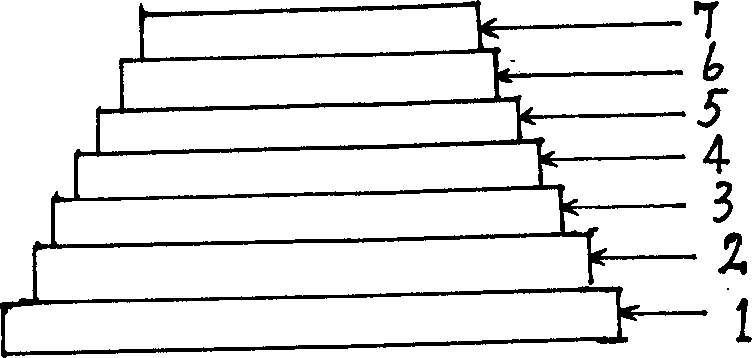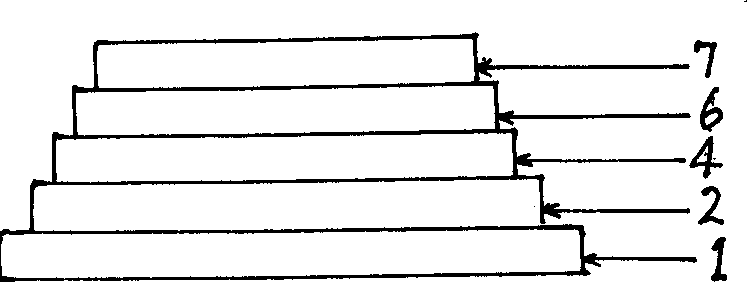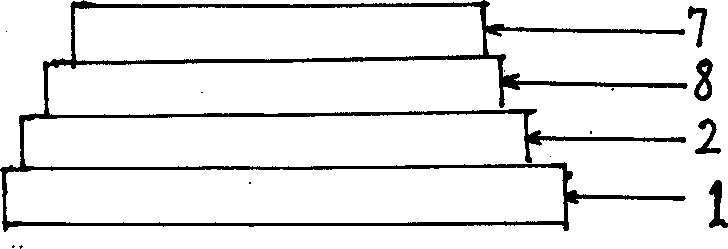Organic electroluminescence material and device
A technology for electroluminescent materials and electroluminescent devices, which is applied in the fields of luminescent materials, chemical instruments and methods, sustainable architecture, etc., can solve problems such as making electroluminescent devices, and achieve the effect of avoiding difficult control of molecular weight distribution
- Summary
- Abstract
- Description
- Claims
- Application Information
AI Technical Summary
Problems solved by technology
Method used
Image
Examples
Embodiment 1
[0041] Embodiment one (synthesis of compound 1):
[0042] Compound sample preparation:
[0043] Get 10 grams of 5-chloromethyl-8-hydroxyquinoline hydrochloride and reflux reaction with 100 milliliters of methanol for 3 hours, and pour the reaction solution into 250 milliliters of water, and wash with sodium carbonate (Na2 CO 3 ) solution, a large amount of solids were precipitated out, and then the solid product was suction filtered, washed with water, and recrystallized from n-hexane to obtain 8.3 grams of 5-methoxymethyl-8-hydroxyquinoline, with a melting point (mp) of 79-80°C.
[0044] Dissolve 3 grams of 5-methoxymethyl-8-hydroxyquinoline in a mixed solution of 20 milliliters of ethanol and 7 milliliters of water, add dropwise an aqueous solution containing 0.78 grams of aluminum chloride, stir for 20 minutes, and wash with Na 2 CO 3 (sodium carbonate) solution to adjust the pH value to 5-6 to precipitate a precipitate, pump the precipitate, wash with water to obtain 1.9...
Embodiment 2
[0045] Embodiment two (synthesis of compound 2):
[0046] Compound sample preparation:
[0047] Follow the method for synthesizing compound 1, as long as methanol is replaced with ethanol, and the crude product is purified with a mixed solvent of ethanol and ether.
Embodiment 3
[0048] Embodiment three (synthesis of compound 3):
[0049] Compound sample preparation:
[0050] Follow the method for synthesizing compound 1, as long as methanol is replaced by n-propanol, and the crude product is purified with a mixed solvent of ethanol and ether.
PUM
 Login to View More
Login to View More Abstract
Description
Claims
Application Information
 Login to View More
Login to View More - R&D Engineer
- R&D Manager
- IP Professional
- Industry Leading Data Capabilities
- Powerful AI technology
- Patent DNA Extraction
Browse by: Latest US Patents, China's latest patents, Technical Efficacy Thesaurus, Application Domain, Technology Topic, Popular Technical Reports.
© 2024 PatSnap. All rights reserved.Legal|Privacy policy|Modern Slavery Act Transparency Statement|Sitemap|About US| Contact US: help@patsnap.com










